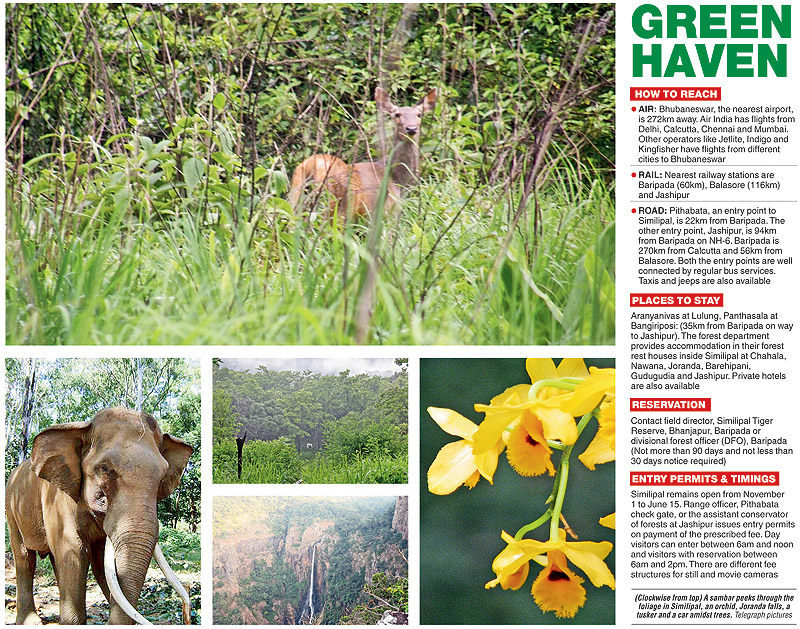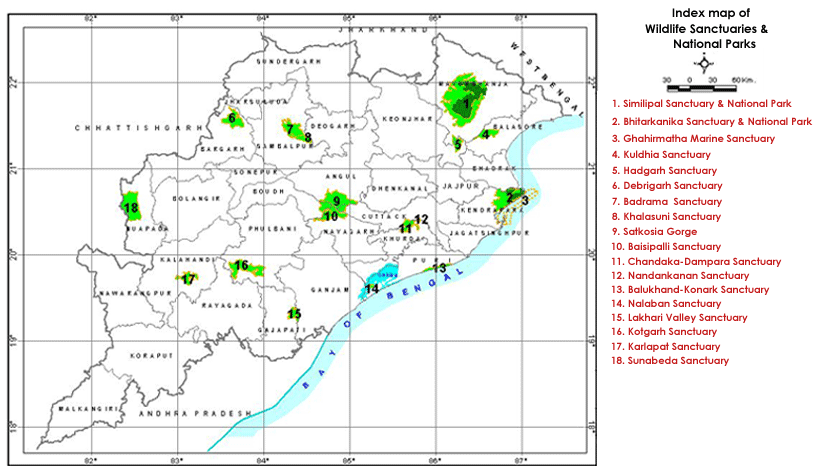Following is an excerpt from a blog in New York Times.
A new batch of special spots where humans are interacting with the rest of nature in sustainable ways have been named by the United Nations Educational, Scientific and Cultural Organization. The 22 new biosphere reserves include a legend-laced mountain in North Korea and a fairly populous region of towns and surrounding green space in southern Germany — the most urbanized such reserve so far.
Worldwide there are now 533 biosphere reserves in 107 countries. The designation has no force of law, but is aimed at building and promoting a network of places where people are attempting to mesh human activity with biological and scenic assets.
…Nokrek, India, is a biological hotspot in the state of Meghalaya featuring undisturbed natural ecosystems and landscapes. Besides harbouring elephants, tigers, leopards and hollock gibbons, the area is also noted for its wild varieties of citrus fruit which may come to serve as a genepool for commercially produced citrus.
Pachmarhi, India, is located in the heart of India, in Madya Pradesh State, and includes tiger and other wildlife reserves. At the interface of several types of forest – tropical, moist and dry as well as sub-tropical hill forests – the area is considered a botanist’s paradise. Through their social and cultural traditions, local tribes contribute to conservation of the forest while drawing on a variety of resources for nutrition, agriculture and income generation.
Similipal, India, is a tiger reserve in the eastern Indian state of Orissa, which used to be the hunting ground of the Maharajah of Mayurbhanj. This tropical environment abounds with tigers, elephants, panthers, deer and numerous plant species, making it a living laboratory for environmental scientists. The area’s tribal inhabitants depend on agriculture, hunting and collection of forest products for their livelihoods but additional sources of income are badly needed to alleviate their poverty.
The complete list of the earlier UNESCO identified 531 Biospheres in 105 countries is at http://www.unesco.org/mab/doc/brs/BRlist2008.pdf. This earlier list has 4 from India.
- Nilgiri 2000
- Gulf of Mannar 2001
- Sunderban 2001
- Nanda Devi 2004
The new list of 22 has the above mentioned three sites (Nokrek, Pachmarhi, Similipal) from India.




